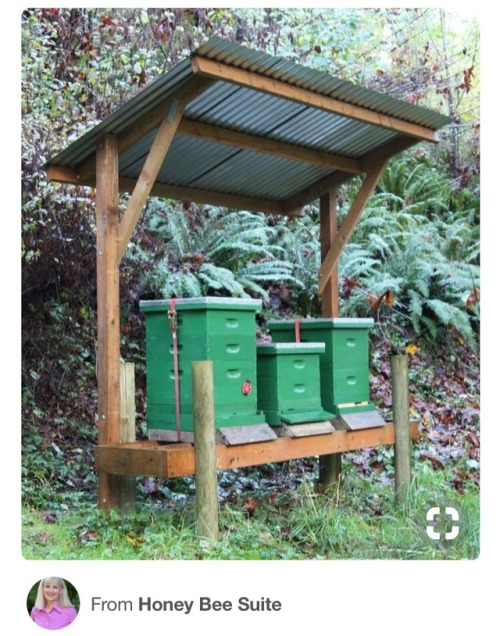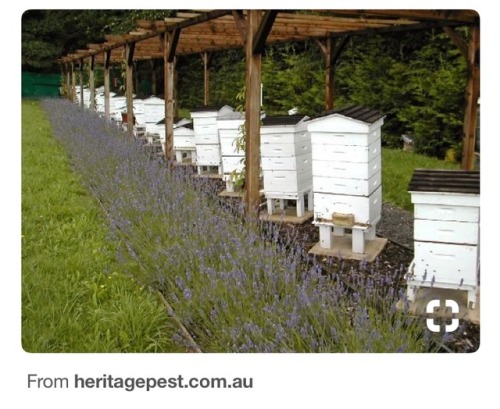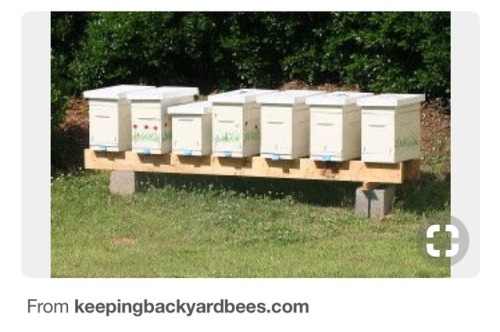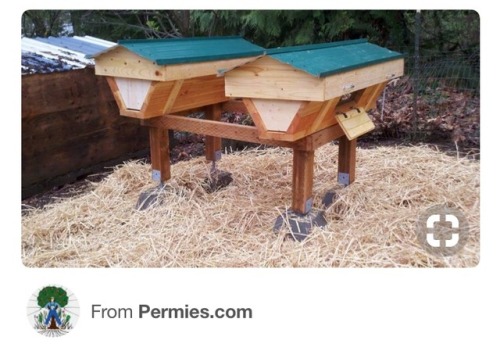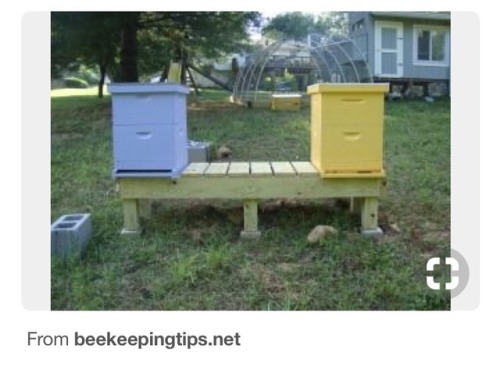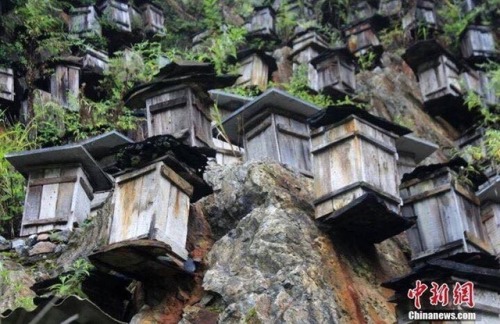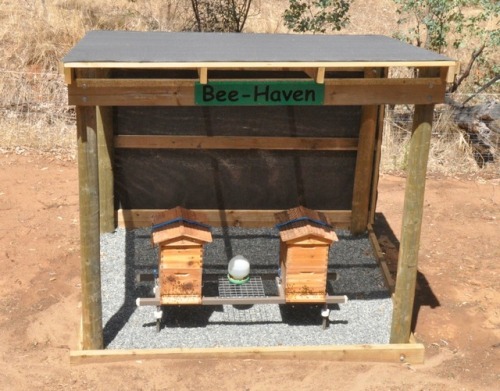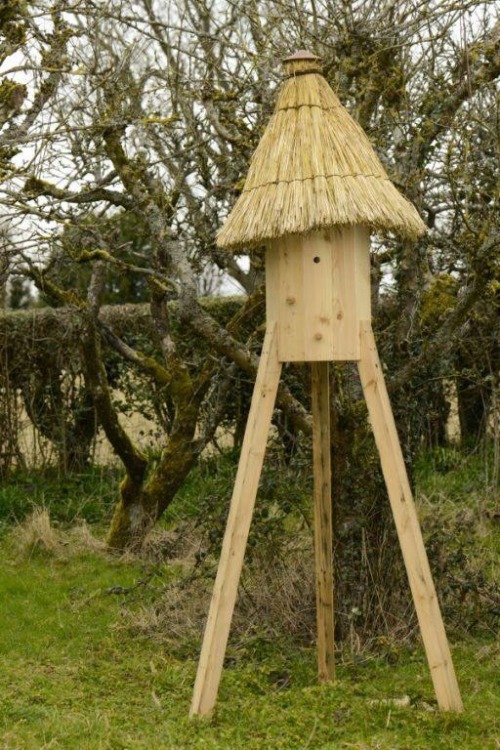#bee hives
If you aren’t totally quaking in your boots at the news of millions of bees dead, yet again, you’re nuts.
this should be concerning a lot more people than it is
not only because bees are one of the most important animals in the world and their job is a lot more than gathering honey but also because they are what scientists refer to as an “indicator species”
this means that when their populations start dwindling and then rapidly dropping, humans need to watch their shit because that means that environmental factors are too difficult for THEM to live in, so it might be difficult for US to live in, too. bees basically act as an indication that humans have a lot to worry about and when they start dying like this it deserves a lot more than a few headlines.
last year my biggest worry was the steep decline in bee population and apparently thats not about to change anytime soon. people have told me to my face that they think its strange I’m so concerned for the bees. read this you selfish fucks
Get excited, motherfuckers. Without bees, we will die off. Bayer and Monsanto continue to produce the chemicals that have been proven to kill them, and the government has their backs. Bees pollinate 30% of our food in the US and we are passing legislation to PROTECT the scumbags responsible for killing them.
I preach this shit to everyone who will listen and I always get “WAAAAH I HATE BEES THEY STING AND THEY ARE BIG MEANIES!” but think about your future life without kiwis, cranberries, blueberries, strawberries, blackberries, peaches, sunflowers, cotton, apples, plums, pears, mustard, celery, peppers, tomatoes, eggplant, beans, cherries, melons, turnips, canola oil, alfalfa, soybeans, lemons, oranges, and I could go on forever.
Bees are amazing creatures who are responsible for the comfortable lives we lead in this country and we cannot sustain and feed our population without them.
Alright you guys, there’s a good amount of notes on this but it’s only making us aware of the problem, not telling us what we can do to help. We can do something to help and YOU CAN HELP, YES THAT MEANS YOU. ALL YOU NEED IS DIRT, A FEW BUCKS, AND A MOMENT OF YOUR TIME TO MAKE A WORLD OF DIFFERENCE, LITERALLY.
Plant flowers that bees like and that attract them.
Bees prefer flowers that are blue, purple, and yellow. Choose flowers that bloom successively over the spring, summer, and fall seasons such as coreopsis, Russian sage, or germander. They especially love clover! Other plants include sage, salvia, oregano, lavender, ironweed, yarrow, yellow hyssop, alfalfa, honeywort, dragonhead, echinacea, bee balm, buttercup, goldenrod and English thyme. Buy seeds online.
GET RID OF THE PESTICIDES!!
If pesticides are killing off the bees so easily, what do you think it’s doing to us? The EPA says studies have shown pesticides can cause birth defects, nerve damage, and cancer. There are other ways to get rid of pests in the garden than using chemicals. Organic Garden Pests shows you how to keep off the bugs the organic way.
Give the bees a free home!
Giving bees a “bee block” alone is a huge load off their backs! You can buy homes here or You can even build your own.
Please, if you have already reblogged this, reblog this is again with what I have posted onto it so you know what you can do to help. We can make a difference.
Sources and other helpful links:
5 ways to help our disappearing bees
How to “Friend” Your Native Bees
Quick mention of the Xerces Society for Invertebrate Conservation, a nonprofit group doing a LOT of good work for bees and other pollinators, among others.
signal boost
Hey fellow vegans, I know we don’t like to use animal products, including honey, but unless we get their population issues settled it doesn’t hurt to support your local bee farms.
Post link
Hey guys! A great way to protect native bee populations is to build and nurture the environments that they need to live. In Washington, my state, Mason Bees are a prevalent native bee species, and this will be a tutorial on how to build hives for these types of bees. Before building a Mason Bee hive make sure that these bees are native to you area.If they are not, please build a hive more suited to the native species of your area or planting plants that attract those kinds of bees. Mason Bees will come to your hive if done correctly, but buying Mason Bees is also an option and will more quickly populate your hive.
Supplies
Block Hive (I’ve built 5 of these, its’ a super simple afternoon project)
- A drill
- A 4″ by 4″ by 8″ block of wood
- Masking tape
- OPTIONAL: wood finish
- OPTIONAL: sanding paper
Bamboo Straw Hive
- Bamboo straws
- Rubber Band/ Alternative binding materials
Tutorials
https://www.nwf.org/Garden-For-Wildlife/Young/Build-a-Bee-House.aspx
General Tips
https://www.parentmap.com/article/keeping-mason-bees-10-expert-tips-for-families
Where to Put Mason Bee Hives
According to Parent Map: “South-facing garage, house, or garden shed walls are ideal areas for establishing your nesting boxes”
Some Mason Bee Hive Designs



http://www.mahakobees.com - NEW BEEKEEPING VIDEO.
Flow Hive Flow FRAME falls apart - beekeeping 101 with Flowhive
Watch a practical review of our trial Flow Hive beehive here:
https://www.youtube.com/watch?v=l2L8OLuFhmw&index=3&list=PLfE6cWwwWKogwNrpRck1ZxhevT_ZBPzkj
In this video, we take a very close look at the Flow Hive Flow Frame. During the review, it falls apart on us, not totally unexpected, but it is really annoying when it does happen, so we can think of better ways to spend our beekeeping time. In any case, the close up shots will show you the detailed workings of the Flowhive frame, both assembled and completely pulled apart. The honey harvesting process is rather simple using the flow hive frames, but there will be many questions on the longevity of the frames themselves as well as the number of repeated honey extractions beekeepers can expect to successfully complete before having to pull the flow frames apart and trying to clean them. Only time will tell. It certainly is not much fun putting the flow hive frames together and the tensioning process using the provided wires was a bit cumbersome. To put the flow frames together, we found using large rubber bands very useful, especially after they fell apart for the third time just as you are trying to tension the wires. Most useful is a beekeeping partner if you can find one. Having four beekeeping hands was the way to go.
Hope you enjoy this video, and if you have learned something or found them useful, we invite you to subscribe so we can continue producing more beekeeping 101 videos. Thumbs up and share.
Happy Beekeeping
http://www.mahakobees.com
• PATREON: https://www.patreon.com/bePatron?u=353649&patAmt=1
•Website http://www.mahakobees.com
•eSTORE: http://www.mahakobees.com/store.html
•Blog: http://mahakobees.com/blog
•Blog kids: http://beekeepingwithkids.blogspot.com.au/
•Youtube: https://www.youtube.com/user/mahakobees
•Google+: https://plus.google.com/+MahakoBees
•Facebook: https://www.facebook.com/mahakobees/
•Pinterest: http://www.pinterest.com/mahakobees/
•Twitter: https://twitter.com/mahakobees
•Flickr: https://www.flickr.com/photos/125372235@N04/
•Stumbleupon: http://www.pinterest.com/mahakobees/
•Tumblr site: http://mahakobees.tumblr.com/
•Tumblr blog: https://www.tumblr.com/blog/mahakobees
•LiveJournal: http://mahakobees.livejournal.com/
•Delicious https://delicious.com/mahakobees
•Diigo https://www.diigo.com/user/mahakobees
•Plurk https://www.plurk.com/MahakoBees
Edward Francis Burney (1760-1848) was a British illustrator and portraitist born to a family of artists. His illustrations were featured in a 1791 edition of his cousin, Fanny Burney’s novel, Evelina.EdwardBurney included satire and wit in many of his illustrations and was influenced by the British artist and satirist, William Hogarth (1697-1764).
This Burney illustration, Degenerate Bees, is featured on the title page of Elegant Extracts. His original sketch includes the quote “tis industry our state maintains”. This book includes a different quote. Beneath the illustration on the title-page is a quote from the Roman poet Horace’s Satires, “studio fallente laborem.” This phrase roughly translates in English to “enthusiasm deceives hard work.” The idea is that hard work doesn’t seem so bad if you enjoy it, like children educating themselves through “useful and entertaining” renditions of the classics.
Image from:
Elegant Extracts: Or, useful and entertaining passages in prose, Selected for the Improvement of Young Persons: being similar in Design to Elegant Extracts in Poetry. London: Printed for J. Johnson…, 1808.
Post link





